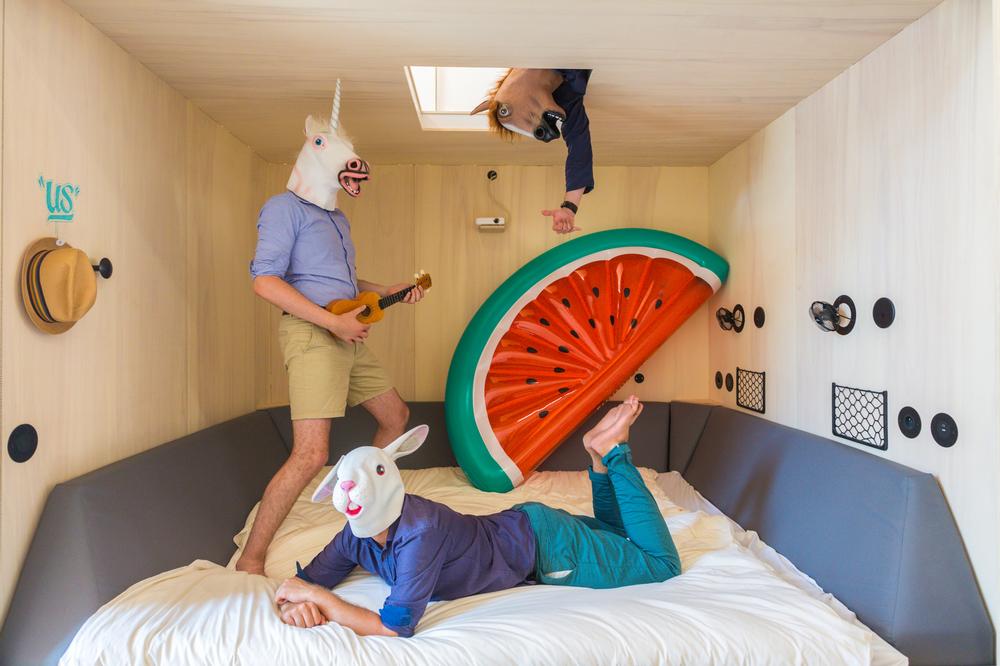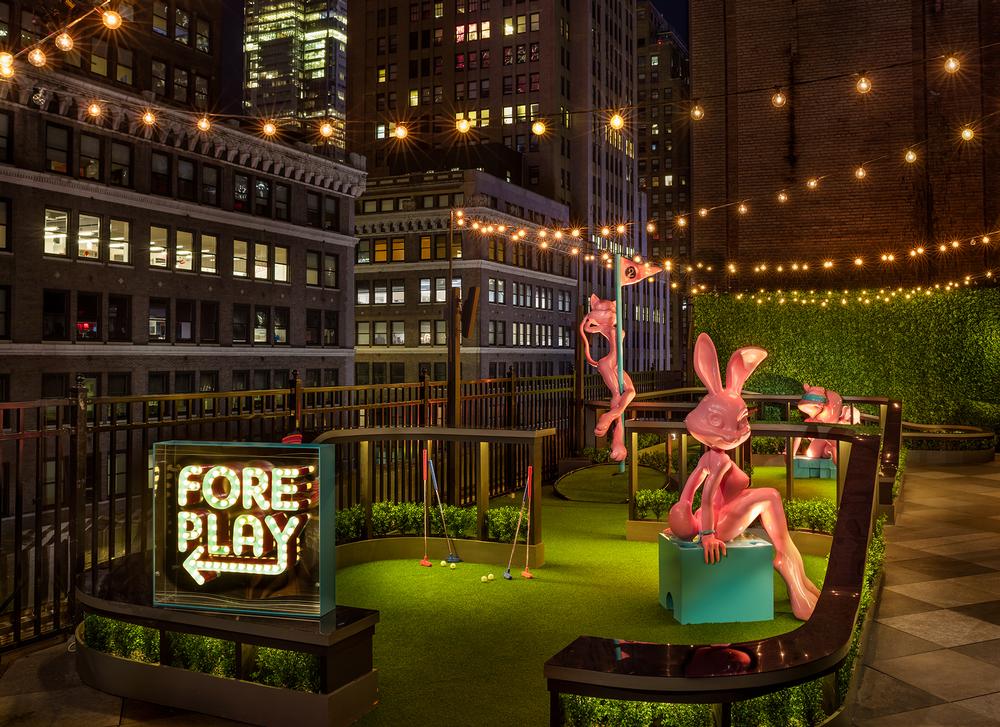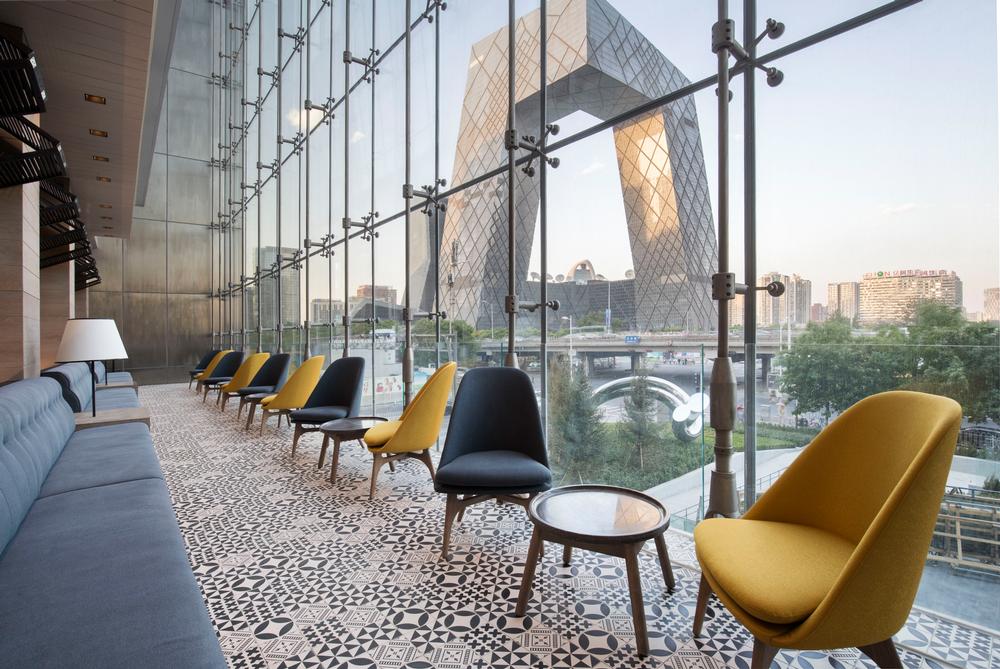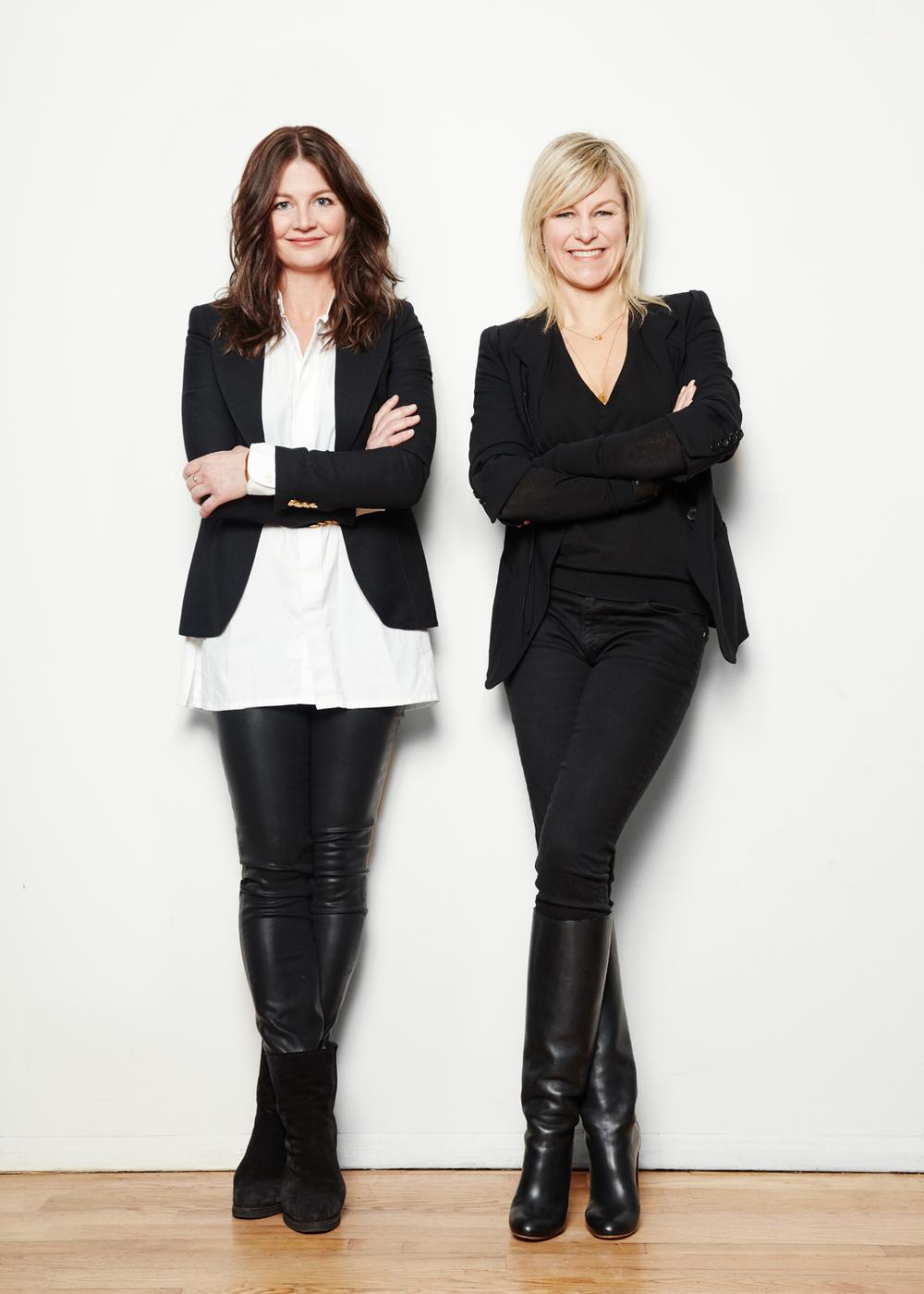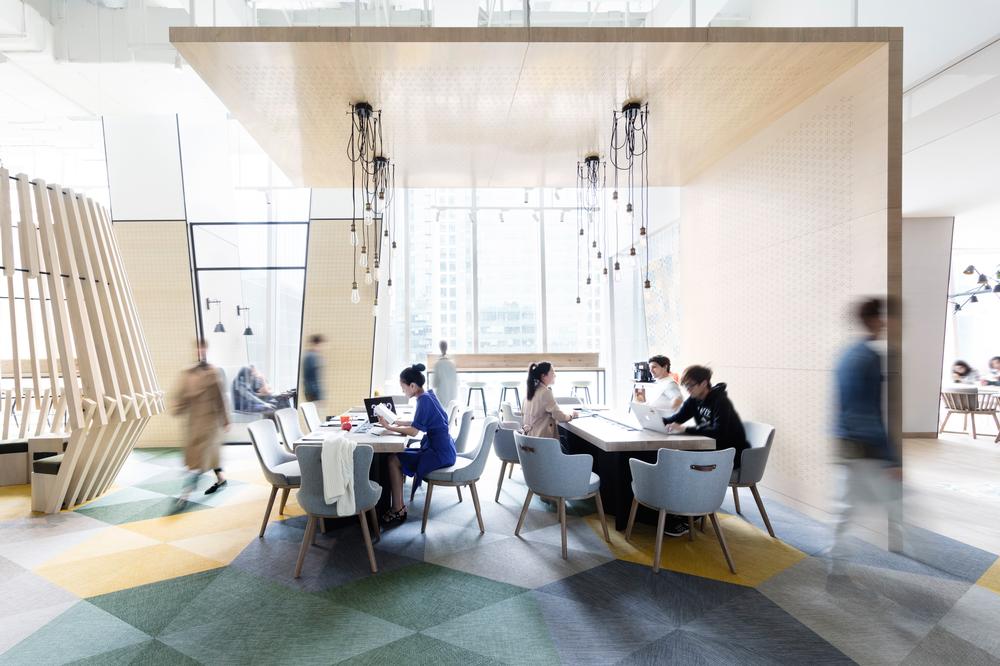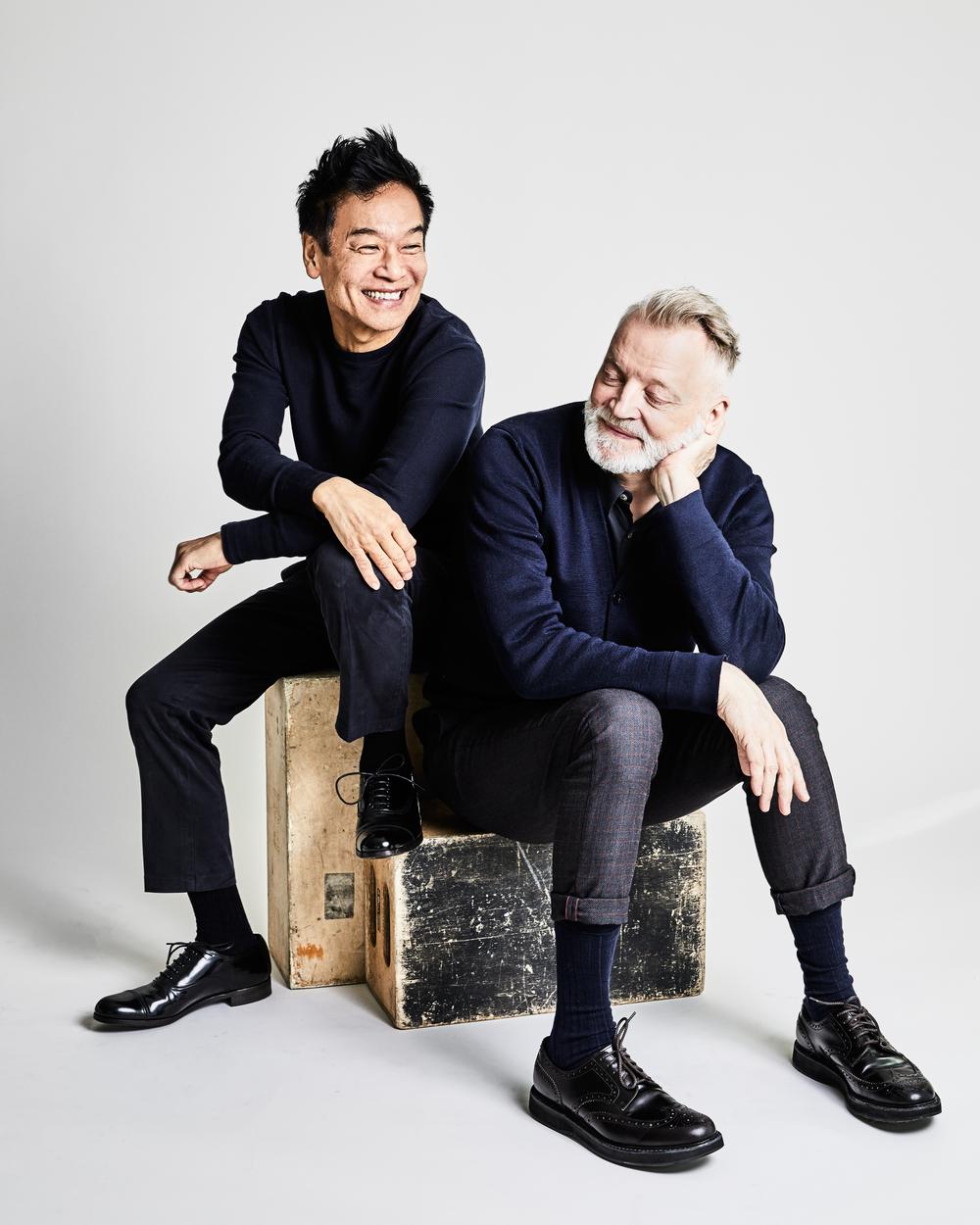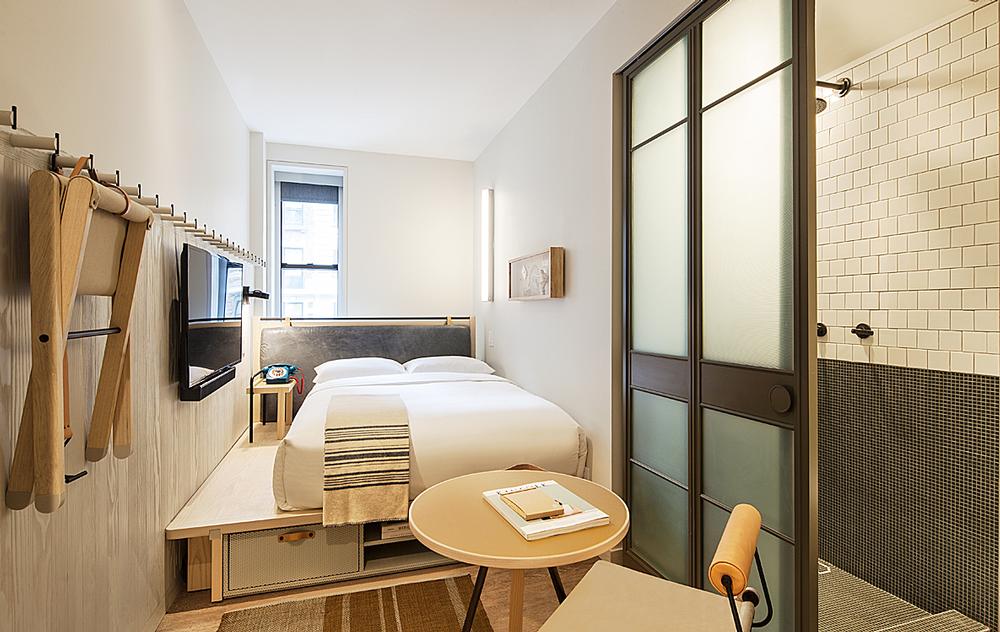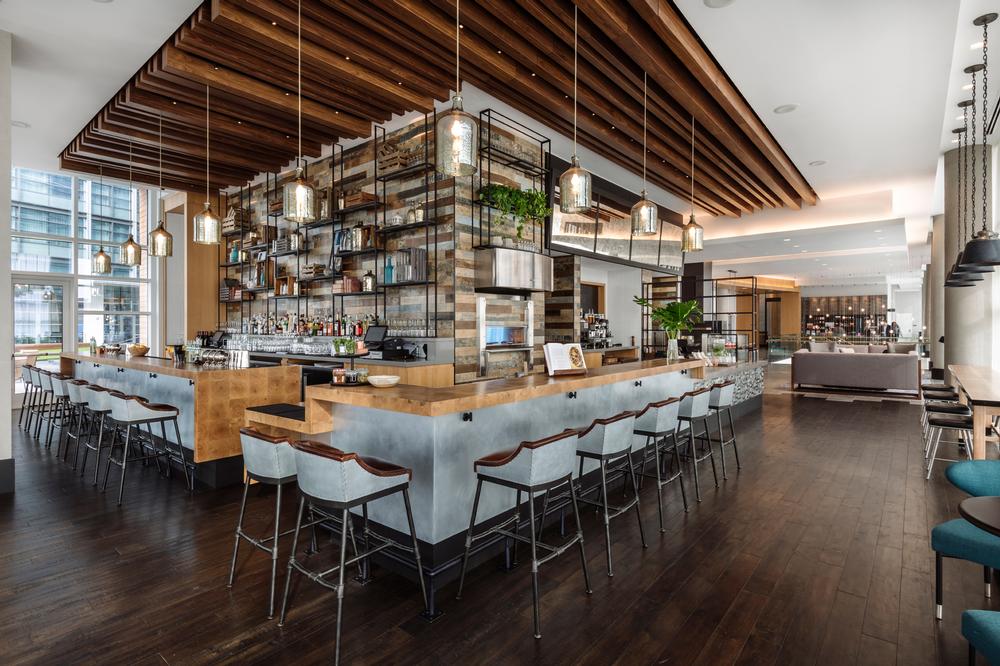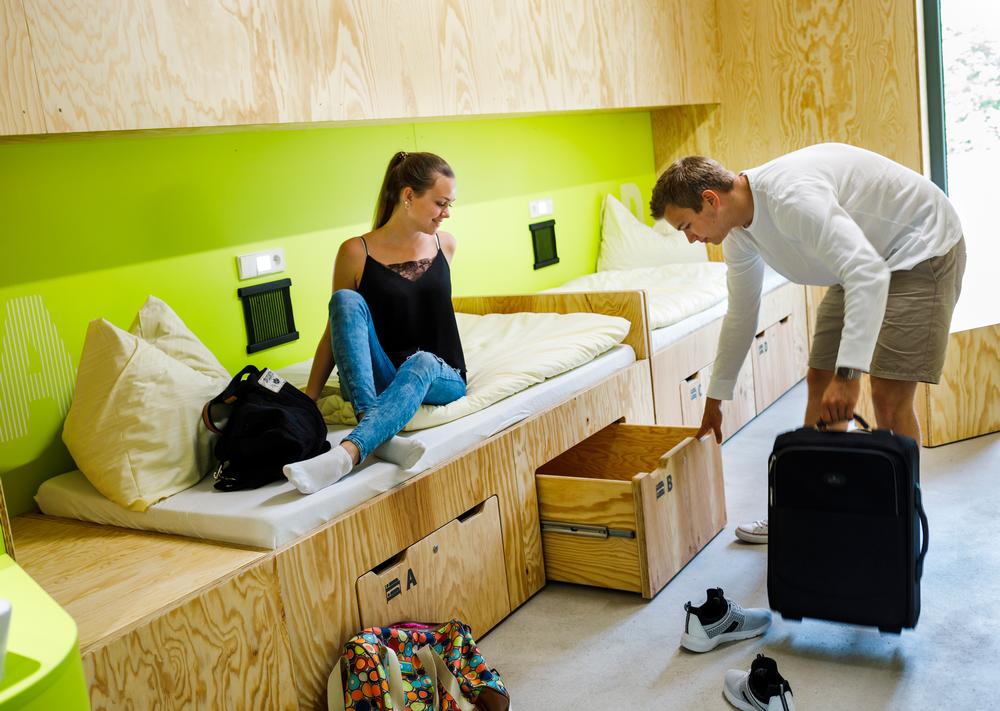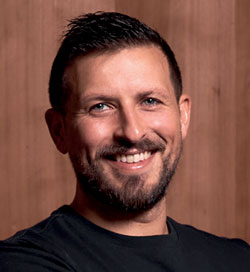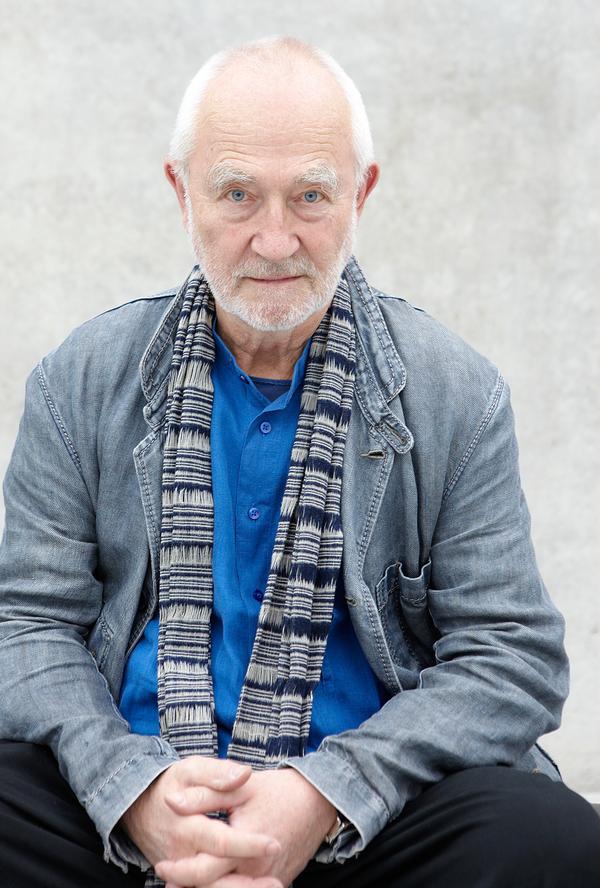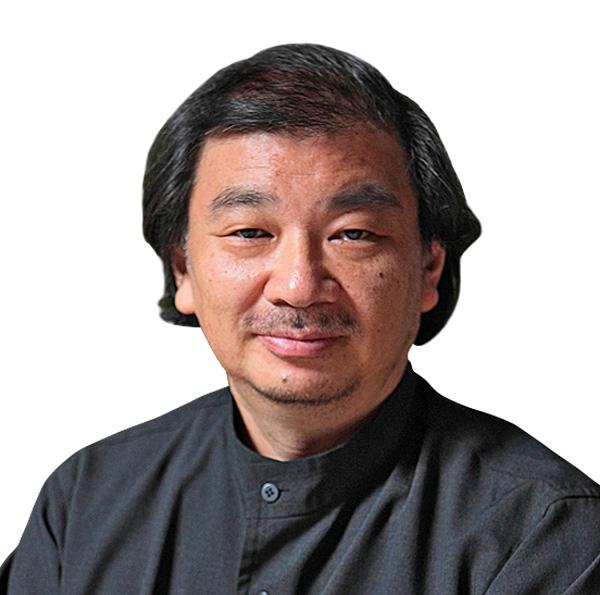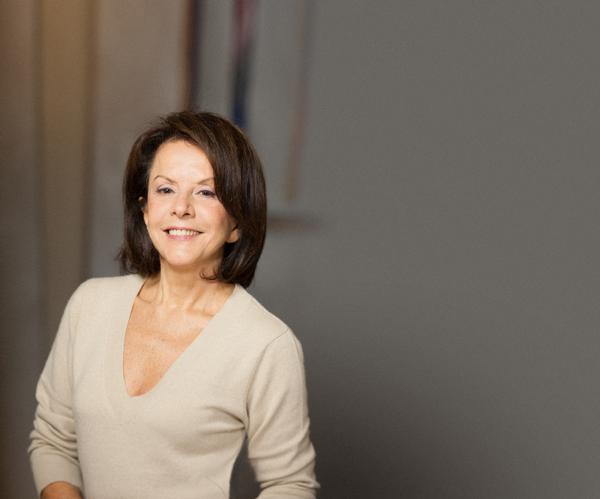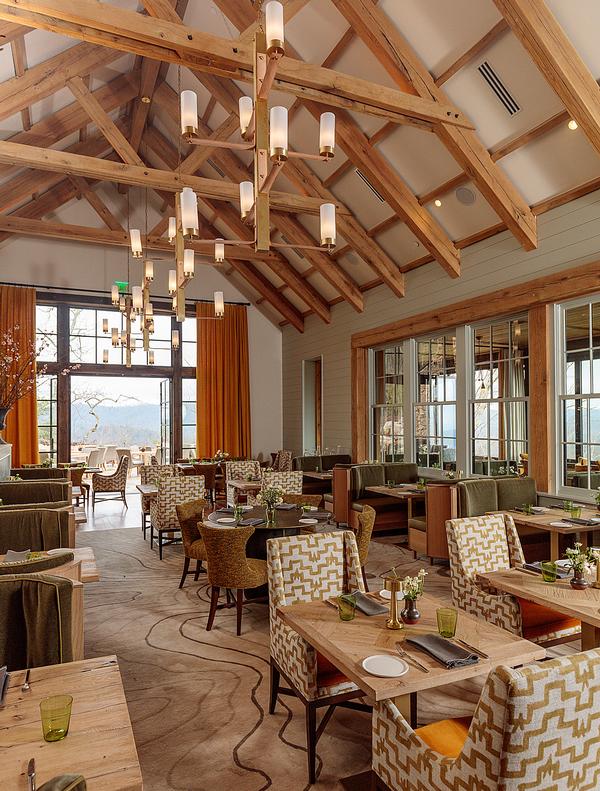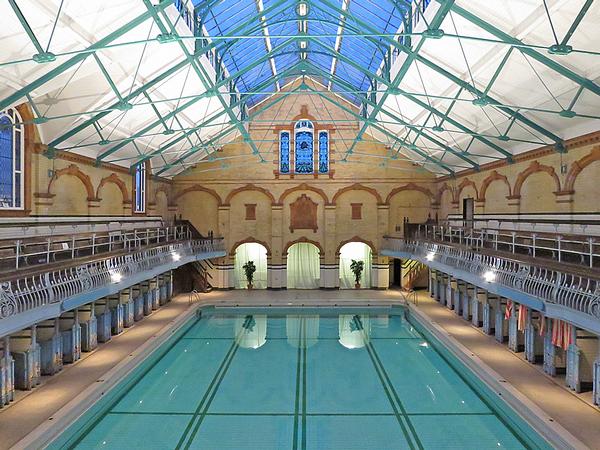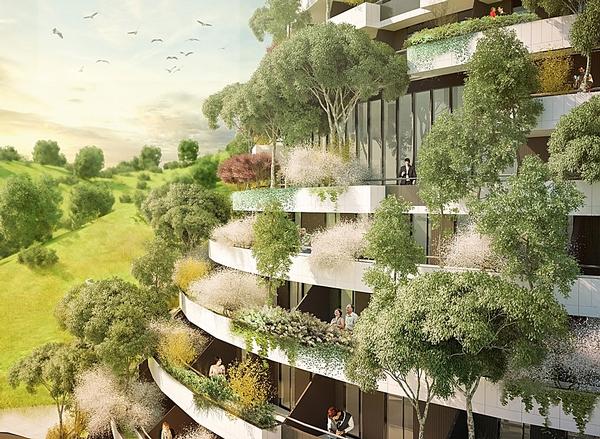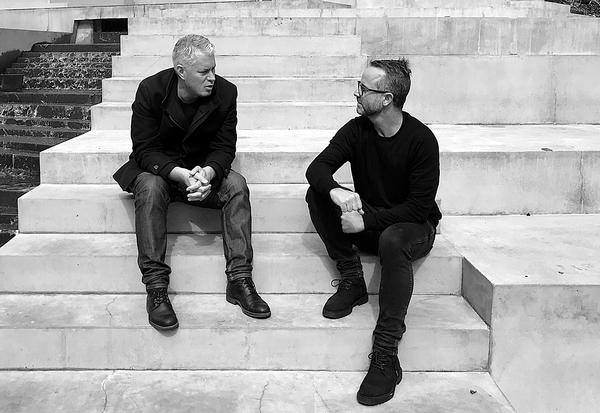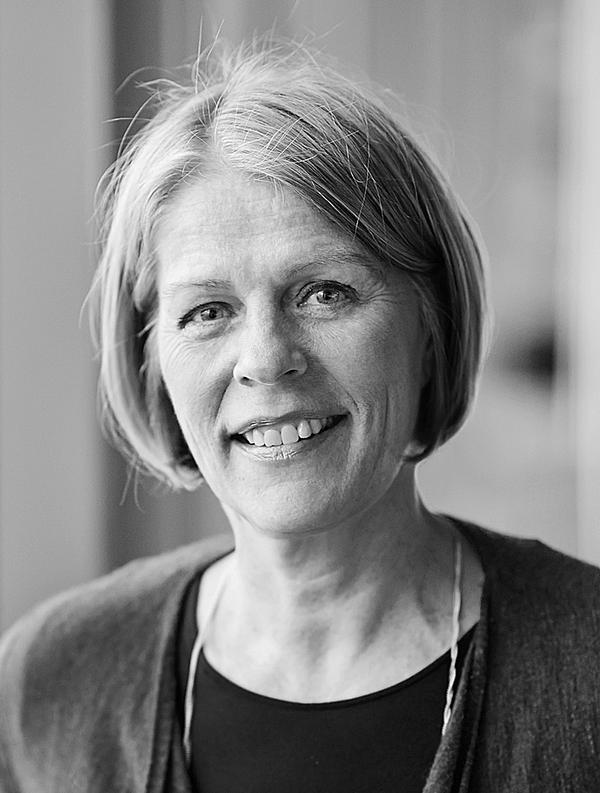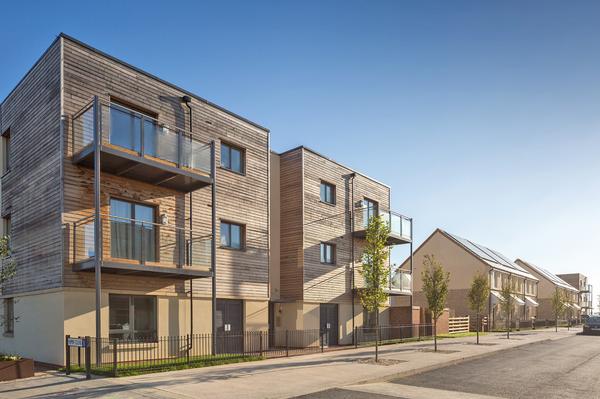Hospitality
Slumber party
Social media savvy, discerning, environmentally aware and hungry for experience, millennials are travelling more than any other demographic. What impact are their desires having on the hospitality industry?
Aged 18 to 35, millennials, also known as Generation Y, are set to become an increasingly dominant influence on the hospitality industry and we’re seeing the major hotel chains rolling out millennial-targeted concepts: Canopy by Hilton, Shangri-La’s Hotel Jen, Accor’s JO&JOE and Marriott’s Moxy, to name but a few. Many of the features which appeal to millennials are also appealing to other demographics too, so we’re likely to see more of them.
According to Kajsa Krause and Tracey Sawyer, co-directors of Krause Sawyer, millennials are looking for a hyper-local experience, which fosters a connection to other guests: “Millennials don’t want the familiar, but something new and fresh. Every traveller is different, with unique tastes and expectations, and the industry is moving toward providing for individuals and increased flexibility.
“Crucial to that is the public spaces and having the independence to choose any amenity they want at any point during their stay.”
Selfie moment
Traditionally, the hotel lobby was a rather staid area with a formal reception. At millennial hotels, it must be not only a social space but also an Instagram moment. Designed by Stickman Tribe, Hotel Jen’s lobby, in Beijing, China, makes a statement with a dramatic tree sculpture with suspended porcelain leaves – perfect for a selfie to be taken and pinged around the world via social media.
“Millennials want a hotel that has Instagrammable moments. Having a great overall design is not enough, there have to be recognisable, memorable moments throughout the hotel design,” says Jackie Koo, founder of Koo Architecture, who collaborated with Rockwell Group on the design of Chicago’s EMC2, in Illinois.
Reception desks look set to become a relic: millennials don’t want to hang around waiting to be checked in. They want to do this at the bar while they have a beer and chat to staff about the best run route to the city’s hotspots. This means the lobby can become another space to hang out, to drink cocktails or smoothies.
Marriott International’s vice president of global design strategies Aliya Khan says that this demographic likes humour and whimsy, so they had fun with the design for its millennial-targeted Moxy brand: “We have a see-saw in the lobby of our Seattle hotel. Why use a bench when you can drink your cocktail on a see-saw? I have 29 other brands where you can sit on a bench!”
A choice of areas to hang out is essential, but millennials don’t want stuffy restaurants or bars lacking in atmosphere and full of only hotel guests. The bars and restaurants should be integrated with the neighbourhood and seen as a desirable place for locals too.
Experience and community
“Hotelier Ian Schrager was the first to take the opportunity to make the bar a public area and the lobby more than just a place to gather to wait for friends,” says Khan. “Millennials want bigger and more varied communal spaces and they want big experiences and to be part of a community. As hoteliers, this is also an opportunity for us to bring in local audiences to the bar and provide a place for people to pop into after work.”
Bedrooms must be non-uniform and quirky, but they don’t need to be massive. For Moxy, Khan says Marriott looked carefully at all the elements which were essential in a room and cut out the rest. For example, the closet has been replaced with an adaptable rail.
“It has pushed us to another level of inventiveness,” she says. “We have asked what is really important. A good bed and a good shower, the lighting, somewhere to open the luggage. We don’t need the drapery or picture window. The location and being in a hub is more important than a sunrise or sunset. Millennials are happy with smaller bedrooms, but want bigger and more varied communal spaces: a larger bar, a library, a patio area.”
Glenn Pushelberg, co-director of Yabu Pushelberg, who worked on the Moxy design, says all travellers want a room that feels comfortable and effortless, and where attention has been paid to the details, regardless of the room rate: “They are looking for hotel experiences which are less standardised, and reflect a sense of place and the local culture. People, millennials included, are investing more in experiences versus physical things. They are also looking for experiences which speak to them as individuals.”
Indeed, authenticity has been described as the new luxury. Many millennials want to feel they’re part of the place they’re visiting, so the hotel design must also draw inspiration from – and reflect – its location. This means there can’t realistically be a cookie-cutter approach across the chain. However, rough luxe is one common and repeating trend, with designers using exposed brick, concrete, metals, beat-up décor and repurposed or sustainable furniture to create an edgy or urban look at a cost-effective price.
Materials should ideally link to the area’s heritage. For example, Krause Sawyer called on the city’s history and maritime culture when designing the Canopy by Hilton in Washington, DC. Large-scale architectural elements of wood and metal anchor the space, inspired by the traditional fish market, dock constructions and warehouse features. Rough woods and metals are juxtaposed with smooth finishes and glass. The bedrooms have a signature canopy over the pillows, reminiscent of market containers and fish crates. Lighting is crucial, with a mixture of atmospheric lighting for cosy spaces and natural light via floor-to-ceiling windows in other areas.
Room shares
Many millennials do not have particularly deep pockets and are discerning in how they spend their cash. They do well at making their income go a long way, by doing their research really well, often choosing their hotels through social media and TripAdvisor. In order to keep the cost down, they are happy to share rooms with mates, which is likely to impact hotel design going forward.
“Sleep shares are addressing millennial needs,” says Koo. “Millennials aren’t marrying as much and often travel with friends. A room that can accommodate four singles in a luxurious environment could change the mix of kings and doubles.”
JO&JOE, from Accor, is a concept that has been created with this in mind (see previous page). Meanwhile, LAVA designed a Youth Hostel Association (YHA) hostel in Bayreuth, Germany – an updated take on the youth hostel experience. LAVA director Tobias Wallisser says: “Our research showed Gen Y travellers want funky design, access to community and unique experiences; not just a clean bed and shower.”
In response, an intelligent wall system has been designed, with modular, contemporary, custom built-in furniture. These three dimensional wall modules facilitate different room configurations through partially rotating beds, creating options for two, four or six bedrooms.
The design is solid and functional: wood, concrete floors, brightly coloured infills and strong graphics. The façades are highly insulated and renewable energy is used as millennials want to see more than just a nod towards being green.
Flexibility
George Yabu, co-director of Yabu Pushelberg, says people want freedom and flexibility and to feel less constrained by the hotel experience: “People are looking for less formal spaces to sleep, engage and work in interchangeably. Ultimately, travellers are looking for flexibility in having their needs and wants met.”
This means many traditional offerings need to be reconfigured. Guests want charging ports and free WiFi, vegan food options and sustainable products.
“The hotel business centre is another superfluous feature for millennials. Phone-based technology means the business centre is now often just a printer in a communal area,” says Koo. “There is also less interest in the traditional three-meal restaurant. Trendy and healthy food options available day or night are appreciated. Social dining and happy hours are enticing.”
The US’s 80 million millennials are set to overtake the baby boomer generation as the most populous generation at some point in 2019, according to Pew Research. Meanwhile, in China, there are an estimated 400 million millennials.
With millennials spending more on travel than any other generation, hotel operators must respond to the needs of this experience-thirsty demographic.
- Experience
- Social spaces
- A sense of place
- High touch hospitality
- Free WiFi
- Docking stations
- Selfie areas
- Filtered water
- Food to go
- Value for money
- Whimsical design
- Juice bars
- Cocktail bars
- Places to work out
- Room shares
- Cable TV
- Cloche-style
- room service
- Business centres
- Big bedrooms
- Check-in desks
- Formality
- Water in plastic bottles
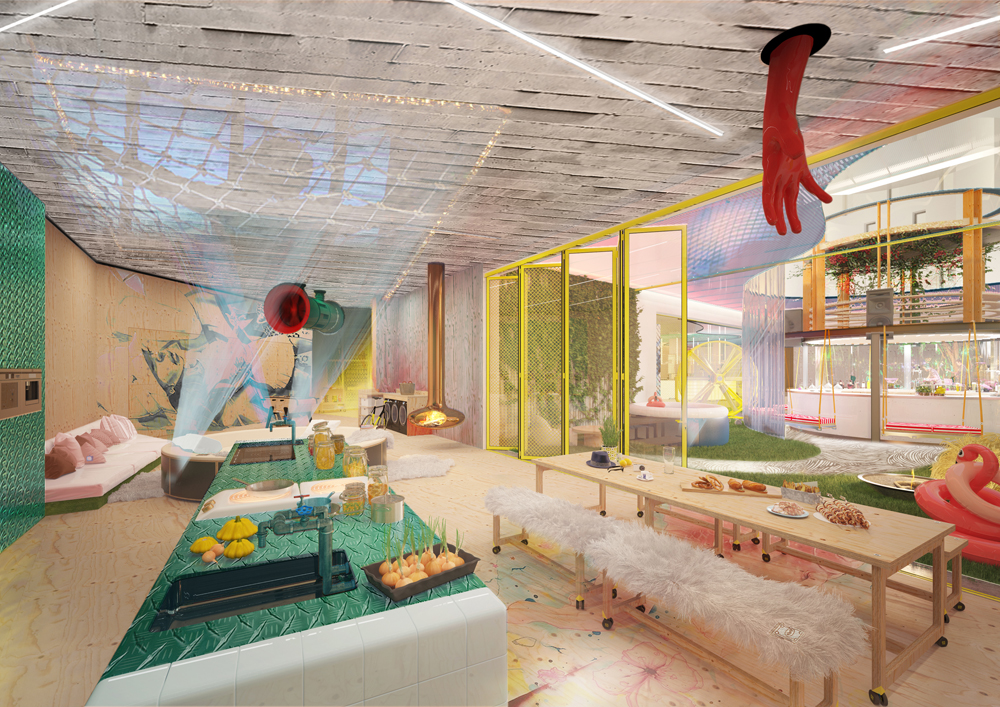
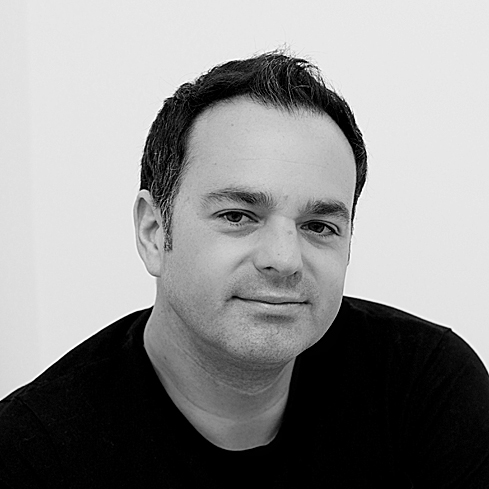
When Accor decided to go after the millennial market with a game-changing concept, it chose not to go with an established hospitality designer, but a company that would shake things up. London design agency Penson, which has worked with YouTube, Google and JayZ, was perfect. “My first pointer to them was to think about, it’s not a bed, it’s about turning ideas on their head,” says CEO Lee Penson.
Penson says the starting point for the JO&JOE concept was to break down the rigid barriers that hamper the hospitality experience. “I have stayed in the world’s best and worst hotels for work and fun. What strikes me is that I always find they aren’t flexible or adaptable enough for modern life,” he says. “Check in and check out should be easier and more flexible. Millennials want more freedom, the ability to choose and adapt an existing product around themselves and their lifestyle. Heading to JO&JOE is like riding a wave of freedom and open possibilities.”
JO&JOE is an Open House concept, providing a funky backdrop for a global community to use as they wish. The community is held together by an app, so people can easily create an event, like a jam around the fire. “It’s social media for travellers, which is now a huge element of the travel industry,” says Penson.
To make the most of the space, all furniture is on wheels so it can be easily moved around. “This flexibility aids real estate issues, as architecturally interesting builds like warehouses and disused boats can be filled to the brim with movable ‘kit of parts’ furniture,” says Penson. The design features eco-friendly elements, bright colours and a lot of artwork.
“In our recent launch for JO&JOE Hossegor, France, we installed brightly patterned crazy tiles on an area we knew was going to be a social point with surfers. Other sites reflect points of interest, such as local museums, rivers and famous bars and cafés,” he says. “For JO&JOE, think inflatables, round pizza beds, spiral staircases, bright colours and the craziest interior elements all reflecting the locality in their own way.”



